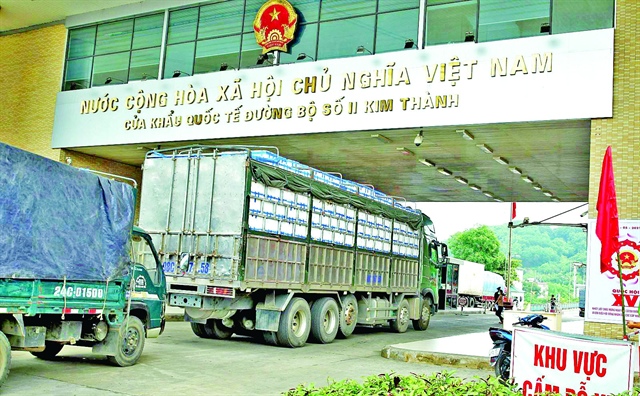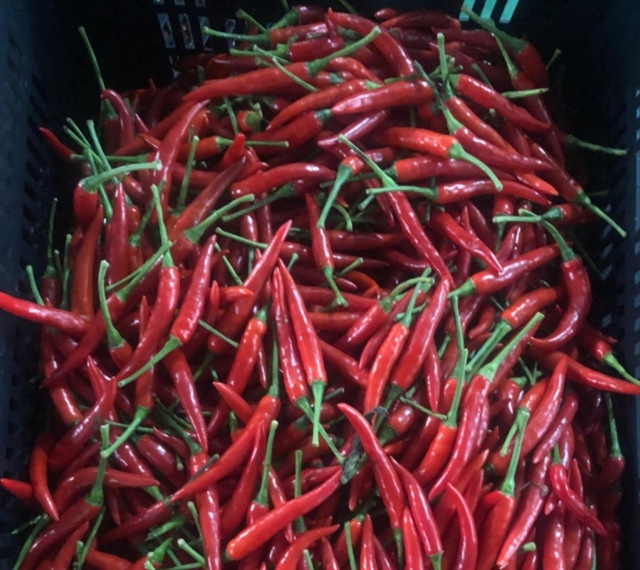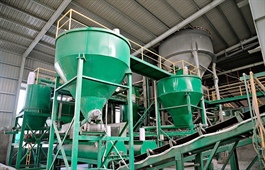Vietnam’s farm exports to China require stricter standards
Vietnam’s farm exports to China require stricter standards
Synchronous and effective coordination between ministries, departments, localities, associations, businesses, traders and farmers is required to facilitate Vietnam’s farm produce sales to China, its largest agricultural export market.

Container trucks carrying agricultural products pass through the border gate on their way to China |
Resumption of fresh chili imports
The General Administration of Customs of the People’s Republic of China has approved official chili exports by five Vietnamese fresh chili producers starting in March after suspending all chili imports from Vietnam in 2020. All shipments must now be quarantined by relevant Vietnamese units with clear mention of relevant technical parameters in the phytosanitary certificate.
According to the Plant Protection Department under the Ministry of Agriculture and Rural Development, China and Malaysia suspended fresh chili imports from Vietnam in 2020 due to the detection of pesticide residues in many shipments. After lengthy negotiations, the two countries have allowed the resumption of Vietnamese fresh chili imports, but have put in place stricter requirements. The prerequisite for such imports include granting codes to growing areas and packaging facilities, only using pesticides permitted in Vietnam and complying with maximum residue limit.
According to the Vietnam Sanitary and Phytosanitary Notification Authority and Enquiry Point (Vietnam SPS) under the Ministry of Agriculture and Rural Development, the General Administration of Customs of the People’s Republic of China has granted 1,776 codes to Vietnamese firms for the export of agricultural products and foodstuffs to the Chinese market. These codes are considered an inevitable direction in the context of China’s tightening quarantine of imported and exported goods, especially at border gates, to prevent and control the COVID-19 pandemic.
China is the largest market for Vietnam’s fruit and vegetables, consuming nearly 65 percent of its fruit exports in the first four months of last year, according to data from Vietnam’s Ministry of Agriculture and Rural Development.

China allows resumption of fresh chili imports from Vietnam |
Challenge of official export channel
Minister of Agriculture and Rural Development Le Minh Hoan said the two sides will work together to add agricultural products to the list of official exports. While ministries and departments focus on market search and development, localities need to accompany businesses and farmers to ensure that agricultural products meet the standards of the import market, Hoan said.
Doan Thu Ha, deputy chair of the Lang Son People’s Committee, said unofficial exports are dominant in cross-border trade so that shifting to official exports faces many difficulties due to production practices, product quality and trading habits of border residents. Ha emphasized the need for an appropriate roadmap and methodical plan to promote official exports.
Deputy Prime Minister Le Van Thanh assigned the Ministry of Industry and Trade to chair and coordinate with relevant ministries, departments and localities on mechanisms and policies to promote official exports of agricultural products to China. He also urged localities to review the criteria for growing areas and product quality in order to meet the import market’s standards.
| Vietnamese businesses must study the increasing requirements of the Chinese market in order to ensure stable output for their products and meet China’s growing demand for agricultural products and foodstuffs. |






















